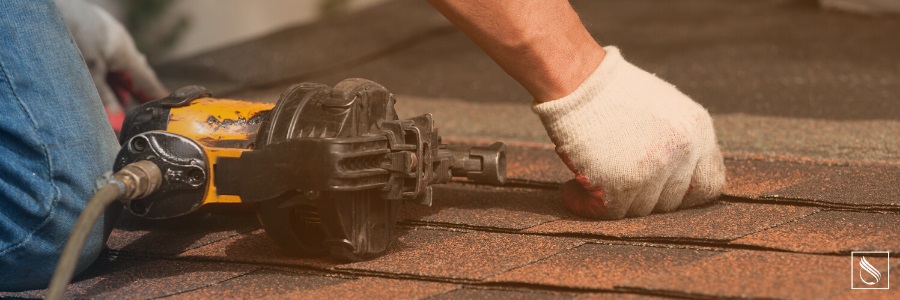Maintaining the roof on your church or school is an important part of being a good steward of church assets entrusted to you as a church employee or ministry leader.
Without maintenance, the roof may deteriorate faster than usual, resulting in leaks, among other things. These leaks can cause damage to the inside of the church or school. In fact, it costs less to properly maintain the roof, equipment, and facilities than repairing the damage from premature deterioration. A good preventative maintenance program helps prevent costly downtime of equipment, the loss of the use of facilities, and helps prevents injuries and other losses.Maintaining a roof starts with an inspection. On the Adventist Risk Management (ARM) website, at AdventistRisk.org, you will find a self-inspection form, which is used to assess overall risk control and maintenance issues. You can download this form and fill it out on a computer or tablet as you conduct an inspection of the church or school.
If installed properly, most roofs have a life span of 20 years or more. However, it is often the most neglected part of a building. It is also the most expensive when it comes to negligent maintenance and associated repairs. Therefore, a roof inspection should be at the top of the maintenance priority list. Inspecting the roof on a routine basis can help in maintaining a healthy roof.
On the ARM website, you will also find the Seasonal Maintenance Guides under maintenance. It is a combination of 4 forms that are organized by season. They will help in identifying additional risks, exposures, and maintenance issues. Each season has primary categories such as Interior Maintenance, Equipment, and Roofing, etc.
This is helpful as you plan a maintenance program and set aside a budget to prioritize the needs of the church or school. Some issues will be easy to solve because they require only a small amount of labor and/or tools. Other requirements may be more expensive. If these projects require a loan or a fundraising campaign, you will need to bring these projects to the church board’s attention.
Safety must be the primary goal when inspecting a roof. Maintenance personnel must work within safety guidelines by wearing appropriate personal protective equipment (goggles, gloves, dust masks, safety harnesses, etc.). If the proper equipment is not available or trained and competent volunteers are not available, such maintenance should be contracted out to certified, licensed personnel. It is highly recommended that if the inspection requires someone to be on the roof, you engage a licensed and insured professional.
Proper insulation, ventilation, and regular cleaning may add to the lifespan of a roof. With the roof in good repair, you might save money by delaying replacement costs by maintaining the roof’s health. Keep these in mind while doing all seasonal inspections:
- Have roof valleys been cleaned?
- Have roof drains been cleaned?
- Have gutters been cleaned?
- Have downspouts been cleaned?
- Have any necessary roof maintenance have been performed?
Start planning today on how you will budget for repairs. What is the age and life expectancy of the roof? This will help determine the budget planning urgency needs to be. Even if the roof is new, having a “just in case” budget is always a good idea.
The roof is an integral part of any building. It protects the inside contents from the outdoor elements. Without routine maintenance, the structure’s integrity begins to weaken. This can lead to interior damage and be quite costly to repair or replace. Start a systematic maintenance program now to discover any items in need of repair and then, create a timeline to fix them as soon as possible.
For more resources, please visit the ARM website at AdventistRisk.org or contact your Account Executive for assistance.
Additional Resources:
- Roof inspection/Maintenance (see page 2 and 3)
- Roof Maintenance (see page 3)
Image Credits: iStock/nycshooter


